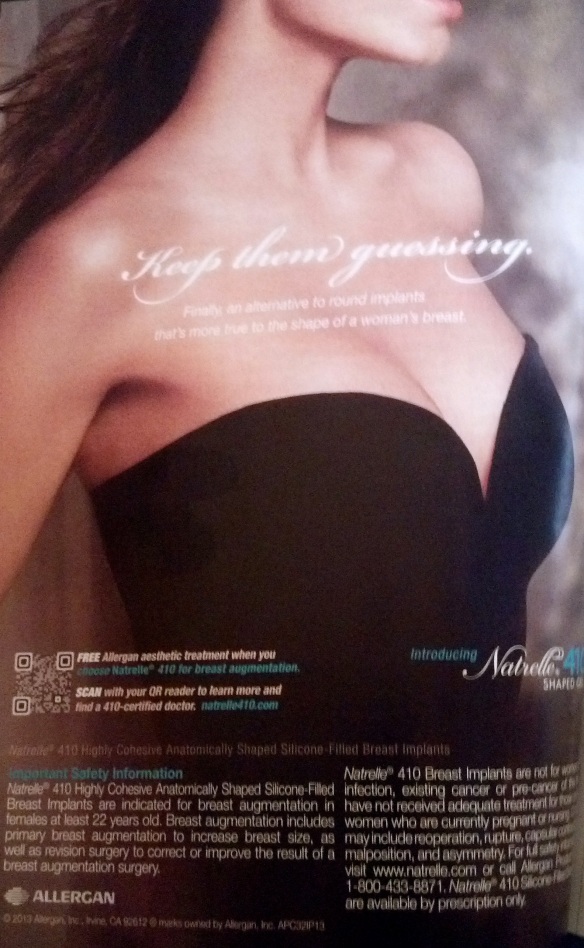Sometimes, you find yourself mid-conversation with an intensely charged and intelligent woman in a space full of erotic toys and fetish gear. At least you do if you’re ever invited to a sex educators mixer. The event took place in the Sexploratorium, recently re-located to 317 South Street. We took our usual walking detour to get there, [not lost at all, ahem] toyed with the thought of hopping a wall into a churchyard, and finally wound up at the shop around 8pm.
Five hours earlier, we were sitting in a kitchen discussing our respective research for our Fulbright grant applications over custom gorditas and chocolate milkshakes. The conversation transitioned to past loves and romances, horrendous kissing techniques and bad dates. Eventually we stood up and got mint iced tea, finally deciding to make the sacrifice…. to actually put pants on. [Yes, it’s hot out there.] It’s been a while since we’ve had a proper Fatal Friday, you see. But hopefully we’re not out of practice.
Now, back to the Sexploratorium. Once inside, we did a whirlwind tour of the first and second floors, which were dripping with leather restraints, BDSM How-To books, gags, corsets and whips. Eventually we made it to the third level where we found a lovely setup of deep red, carpeted floors, chairs, and baked goods. The space was occupied by a varied and beautifully passionate group of fellow educators. Soon we were absorbed in conversation with two of these women, Susana Mayer, Ph.D and the Rev. Dr. Beverly Dale. Throughout the course of the evening, Nicole took a Sex and the Bible quiz, after which she learned that she was not erudite enough to be a Sexy Bible Scholar. While the Reverend Beverly Dale spoke with Nicole about the intersection of sexual and spiritual, Darragh spoke to Dr. Mayer regarding rape culture both here and internationally, touching upon the topic of ‘safe sex’ versus “responsible sex.” At some point, the conversations organically merged together and everyone ate homemade snicker-doodle cookies and exchanged business cards.
Before, the Reverend had observed to Nicole that part of spirituality is in righteous living. Speaking to us both, she elaborated on the beauty of a religion founded on incarnation–a God entering into human flesh–explaining that, for her, Christian faith should be the most loving, most sex-positive expression possible. Needless to say, we were blown away by the experiences and insight of these outspoken educators. We are seriously considering presenting a class ourselves, and most certainly attending some events that the program Passion 101 offers. We left with a giddy high from good conversations and the offer of a potential chance to put together a panel series.
However, our night was far from over. Making our way back to Broad Street, we devoured some vegetarian fare at Govindas, but we quickly rushed away to make it to The Venture Inn. There, we had a birthday to attend, or rather two birthdays, and we didn’t want to be late. We had a very festive drag show to get to.

Miss Scarlett Bleu, second from the left, performed two numbers on her birthday. She sang live to the whole place, and absolutely rocked it! Darragh screamed in delight as Miss Scarlett hit baritone lows and cooed of true love, the eve after DOMA had been knocked off its rocker. The night was particularly important, as Scarlett’s parents had shown up for the first time to see her perform in full queen regalia. At the end of her second number, she went over to where her mom was sitting and dropped down into her lap, at which point we both nearly cried. So touching, so supportive, so fun!

A successful Fatal Friday we think!
-FF






